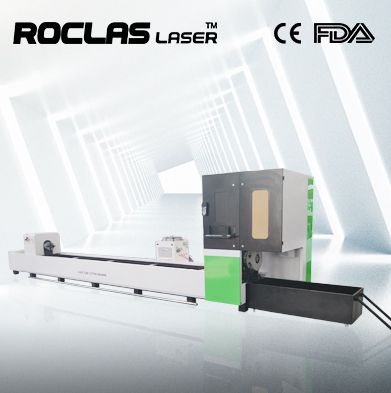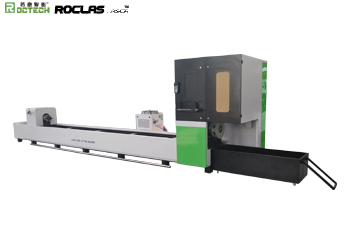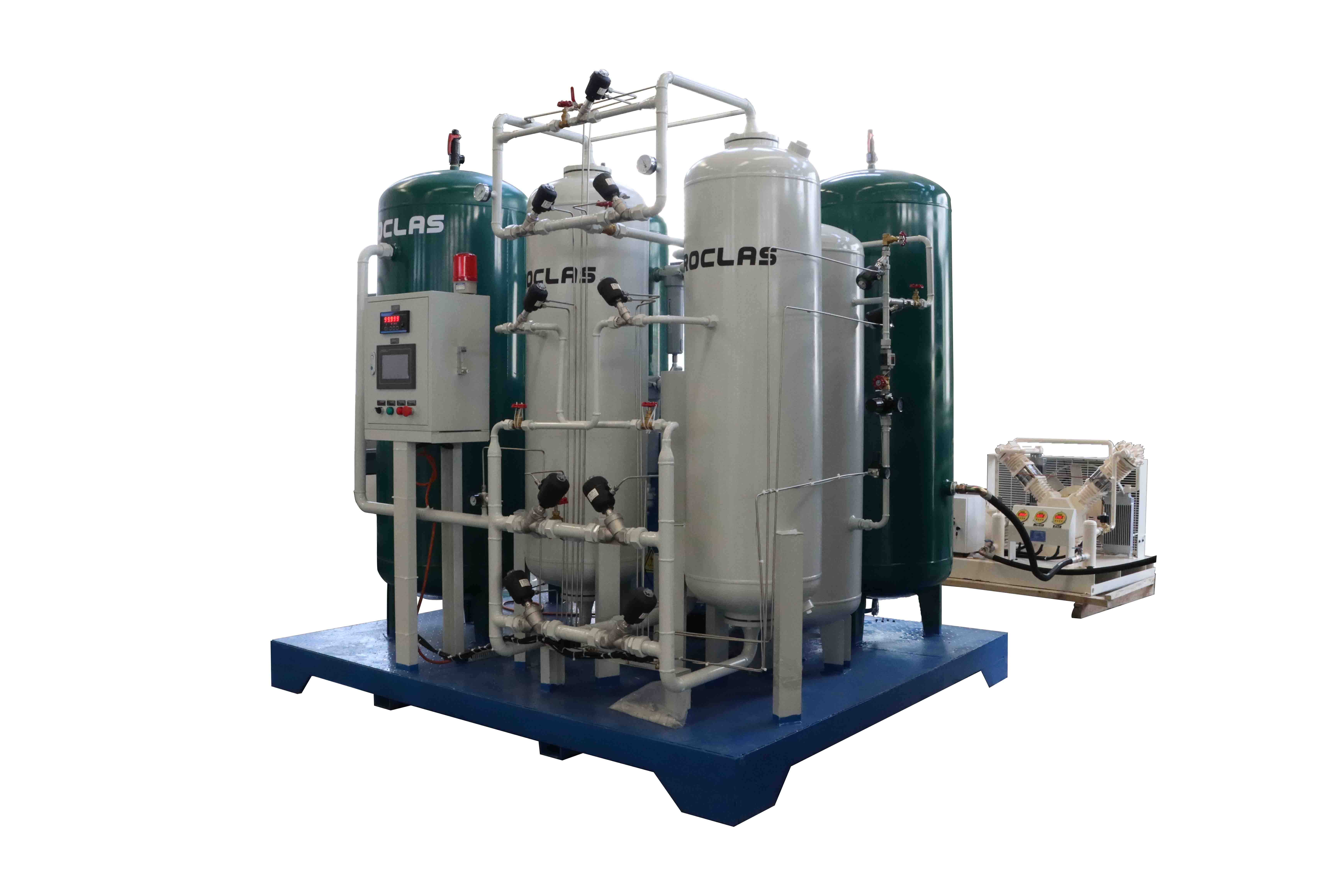소개
현대 제조업이 끊임없이 발전하는 구조에서 광섬유 레이저 기술의 출현은 중요한 이정표를 상징한다.옵티컬 레이저는 탁월한 정밀도, 효율성 및 다기능성을 제공하여 업계를 완전히 변화시키는 솔리드 스테이트 레이저입니다.본고는 광섬유 레이저 기술의 복잡성, 응용, 장점과 제조 공정에 대한 변혁적인 영향을 깊이 있게 연구했다.
광섬유 레이저 기술 이해

광섬유 레이저는 고체 레이저의 하위 집합으로 희토류 원소 (예: 铒, 이테르륨, 네오디뮴 또는 툴륨) 가 섞인 광섬유를 이득 매체로 이용한다.레이저는 광섬유 안에서 발생하는데, 광섬유는 이득 매체이자 전도이다.이러한 고유한 구성은 기존 레이저 시스템보다 더 높은 효율, 더 나은 빔 품질, 더 높은 신뢰성을 포함한 몇 가지 장점을 가지고 있습니다.
광섬유레이저의 핵심부품에는 펌프포원, 혼합광섬유조화진강이 포함된다.펌프 소스는 일반적으로 다이오드 레이저로 광섬유에 섞인 희토류 이온을 자극하는 데 필요한 에너지를 제공한다.옵티컬 프라하 래스터 또는 기타 반사 컴포넌트로 구성된 공명기는 광섬유를 통과할 때 광원이 확대되도록 합니다.그 결과 고도의 초점과 상관이 있는 레이저 빔으로 다양한 응용에 대해 정확하게 제어할 수 있다.
Advantages of Fiber Laser Technology

1. High Efficiency Fiber lasers are known for their exceptional electrical-to-optical efficiency, often exceeding 30%. This high efficiency translates to lower operating costs and reduced energy consumption, making fiber lasers an environmentally friendly choice.
2. Superior Beam Quality The beam quality of fiber lasers is unparalleled, with a high beam parameter product (BPP) and excellent focusability. This allows for precise cutting, welding, and engraving, even on complex geometries and delicate materials.

3. Compact and Robust Design Fiber lasers have a compact and robust design, making them ideal for integration into various manufacturing systems. Their solid-state nature eliminates the need for complex cooling systems and reduces maintenance requirements.
4. Versatility Fiber lasers are highly versatile and can be used for a wide range of applications, including cutting, welding, marking, engraving, and additive manufacturing. They are capable of processing a variety of materials, including metals, plastics, ceramics, and composites.
5. Longevity and Reliability Fiber lasers have a long operational life, often exceeding 100,000 hours of continuous operation. Their solid-state design and lack of moving parts contribute to their reliability and low maintenance requirements.
Applications of Fiber Laser Technology
1. Laser Cutting Fiber lasers are widely used in the metal fabrication industry for cutting various materials, including stainless steel, aluminum, and titanium. Their high precision and speed make them ideal for producing intricate parts with tight tolerances.
2. Laser Welding Fiber lasers are employed in welding applications where precision and control are paramount. They are used in industries such as automotive, aerospace, and electronics to join components with minimal heat-affected zones and high weld quality.
3. Laser Marking and Engraving Fiber lasers are commonly used for marking and engraving on a variety of materials. Their ability to produce high-contrast, permanent marks makes them suitable for applications in product identification, branding, and traceability.
4. Additive Manufacturing Fiber lasers are increasingly being used in additive manufacturing processes, such as selective laser melting (SLM) and direct metal laser sintering (DMLS). These processes enable the production of complex, high-strength components with minimal material waste.
5. Medical Device Manufacturing The precision and versatility of fiber lasers make them ideal for manufacturing medical devices, such as stents, catheters, and surgical instruments. Their ability to process biocompatible materials with high accuracy is critical in this industry.
Transformative Impact on Manufacturing
The introduction of fiber laser technology has had a transformative impact on the manufacturing industry. Its ability to deliver high precision, efficiency, and versatility has enabled manufacturers to produce high-quality products at a faster rate and lower cost. The following are some of the key ways in which fiber lasers have revolutionized manufacturing
1. Increased Productivity Fiber lasers have significantly increased productivity in manufacturing processes. Their high cutting and welding speeds, combined with minimal setup times, allow for faster production cycles and reduced lead times.
2. Enhanced Quality The superior beam quality and precision of fiber lasers result in higher-quality products with fewer defects. This is particularly important in industries where precision and reliability are critical, such as aerospace and medical device manufacturing.
3. Cost Efficiency The high efficiency and low maintenance requirements of fiber lasers contribute to overall cost savings. Manufacturers can reduce their energy consumption, material waste, and labor costs, leading to improved profitability.
4. Flexibility and Customization Fiber lasers offer manufacturers the flexibility to produce customized products with complex geometries and unique designs. This capability is essential in industries where customization and innovation are key competitive advantages.
5. Sustainability The energy efficiency and reduced material waste associated with fiber laser technology contribute to more sustainable manufacturing practices. This aligns with the growing demand for environmentally friendly production methods.
Future Trends and Developments
As fiber laser technology continues to evolve, several trends and developments are shaping its future
1. Higher Power Output Advances in fiber laser technology are leading to the development of higher-power lasers, enabling faster processing speeds and the ability to handle thicker materials.
2. Integration with Automation The integration of fiber lasers with robotic systems and automated manufacturing lines is becoming increasingly common. This trend is driving the adoption of Industry 4.0 practices, where smart factories leverage automation and data exchange to optimize production processes.
3. Expanded Material Compatibility Ongoing research is focused on expanding the range of materials that can be processed with fiber lasers. This includes the development of new laser sources and techniques for processing advanced materials, such as composites and ceramics.
4. Miniaturization The trend towards miniaturization in various industries, such as electronics and medical devices, is driving the demand for smaller, more precise fiber lasers. This includes the development of ultrafast fiber lasers for micromachining applications.
5. Enhanced Beam Control Advances in beam shaping and control technologies are enabling more precise and efficient laser processing. This includes the development of adaptive optics and beam steering systems that can dynamically adjust the laser beam for optimal performance.
Conclusion
Fiber laser technology has undeniably revolutionized the manufacturing industry, offering a combination of precision, efficiency, and versatility that was previously unattainable. Its impact is felt across a wide range of applications, from cutting and welding to marking and additive manufacturing. As the technology continues to advance, it is poised to drive further innovation and transformation in manufacturing processes. With its numerous advantages and ongoing developments, fiber laser technology is set to remain a cornerstone of modern manufacturing for years to come.
일반적인 조언이나 특정 지원이 필요하든 상관없이, 우리는 당신을 도와드릴 것입니다.